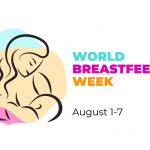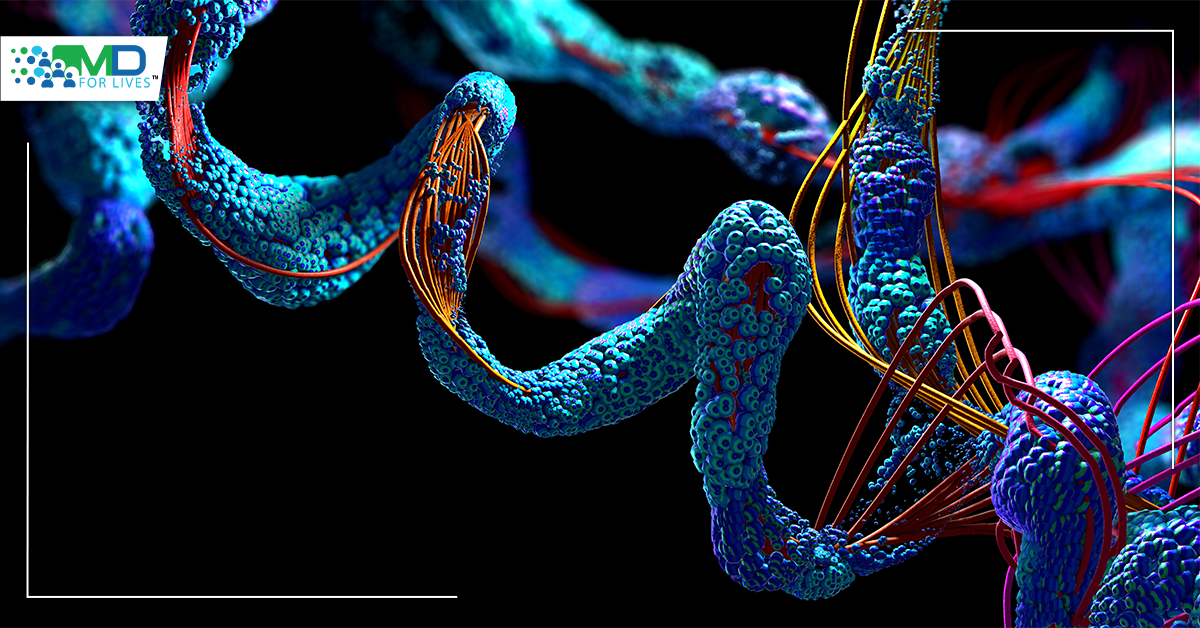As of August 2020, the novel coronavirus SARS-COV2 continues to affect millions of lives as hundreds of thousands have succumbed to its fatal disease, COVID-19. International economies have been forced to stand still as breadwinners, and employees obey quarantine protocols in order to curb the disease’s rising trajectory.
For those in the medical field, it is an entirely different story as health care professionals worldwide find themselves engaged in this epic war against the deadly virus. As more and more individuals are brought to hospitals for emergent and intensive care, some work humbly alongside their colleagues with the principal goal of accomplishing the promotion of health and prevention of disease. At the very forefront of this battle are the medical workers of primary care units and community health centres.
In this year’s National Health Center Week, recognize the importance that these institutions play in delivering essential health services, addressing community concerns, conducting health programs, and monitoring members of the community in all phases of life.
Primary Care Means Comprehensive Care
Every human being has a fundamental right to the highest attainable standard of health, and this is the central tenet upon which primary care is rooted. The World Health Organization (WHO) defines primary health care as a whole-of-society approach to health and well-being centred on the needs and preferences of individuals, families, and communities. It ensures that people receive comprehensive care – ranging from the promotion of health and prevention of disease to treatment, rehabilitation, and palliative care.
The definition of primary health care has three necessary components. First, it aims to meet people’s health needs through comprehensive protective, preventive, curative, rehabilitative, and palliative care throughout the life course of the patient. Second, it systematically addresses the broader determinants of health through evidence-informed public policies and actions across all sectors. Lastly, it empowers individuals, families, and communities to optimize their health.
Primary Health Care and Its Functions in the Integration of Medical Care
In 1978, the Declaration of Alma Ata stated that primary care is a strategy of public health derived from the social model of health, which makes it possible to distribute health services equitably across populations. (2) In order to achieve the philosophies of the Alma Ata, primary health care, its centres, and its personnel were envisioned to fulfil different functions.
Primary health care enables individuals to have direct access to ambulatory care at all times. Thus, health centres and its workers are the patient’s first contact due to the proximity to the community.
Second, primary care establishments provide continuity, which refers to the experience of having coherence of care over time that addresses the need and preferences of people.
Third, these facilities and their workers deliver comprehensive health care composed of an array of services tailored to the needs of the community served. These services consist of curative, rehabilitative, and supportive care, as well as health promotion and disease prevention.
Lastly, health centres and its personnel spearhead the coordination of health services and function in the referral of patients between agencies when assistance from other providers is needed. Altogether, these functions and roles give primary care a central role in the integration of medical care.
Importance of Community Health Centers
In the United States, it is estimated that seven out of ten patients who seek assistance at community health centres are those who live in poverty, and well over half of these are members of minority groups including women and children. With difficulty in accessing hospital care due to lack of finances, insurance, or multifactorial causes, community health centres become the sole health care provider available to cater to the needs of these patients. In many areas and communities, these establishments are dedicated to the delivery of primary medical services to untended populations.
Primary care facilities are also equipped and prepared to address acute medical issues, thereby easing the increased patient burden on the already congested hospitals. By delivering affordable, comprehensive, coordinated, and patient-centred care in areas that are within the immediate vicinity of the community, health centres serve as initial respondents to non-emergent medical concerns and as referring agents should more elaborate modes of treatment be needed.
Aside from providing immediate care for acute conditions, health centres also can cater to a broad scope of medical needs ranging from coordinated disease prevention and health maintenance to rehabilitative and palliative care. These faculties are encompassed within the principles of primary care to provide health for all and all for health.
Call To Action
Health centres are often overlooked in favour of well-established and reputable hospitals but are nonetheless indispensable players in the delivery of primary health care services to individuals in the community.
During this National Health Center Week, may we recognize and appreciate the importance of health centres worldwide, as well as the historical efforts that sought to establish them in the foundations of medicine firmly.








2 Comments
Hormone Therapy: A Need of Postmenopausal Women | MDforLives Blog
5 years ago[…] there are a series of changes that take place in her body. One of the commonest concerns is bone health because after menopause bone mass is lost at a rate higher than it is formed. Therefore, the risk […]
Hormone Therapy: A Need of Postmenopausal Women - MDForLives
4 years ago[…] there are a series of changes that take place in her body. One of the commonest concerns is bone health because after menopause bone mass is lost at a rate higher than it is formed. Therefore, the risk […]